By Nathan N. Prefer
“You know,” said Marine Maj. Gen. Clifton B. Cates to a war correspondent on the eve of Operation Detachment, the invasion of Iwo Jima, “if I knew the name of the man on the extreme right of the right-hand squad of the right-hand company of the right-hand battalion, I’d recommend him for a medal before we go in.” And for good reason. General Cates’s 4th Marine Division was tasked with conducting its fourth opposed amphibious landing on a heavily defended island. The 4th was the right flank division of General Harry Schmidt’s V Amphibious Corps and, together with Maj. Gen. Keller E. Rockey’s 5th Marine Division on the left, was about to begin one of the bloodiest battles in American history. Also taking part would be Maj. Gen. Graves B. Erskine’s 3rd Marine Division.
General Cates understood what his men were about to face. Born August 31, 1893, in Tiptonville, Tennessee, he was commissioned into the United States Marine Corps after receiving his law degree from the University of Tennessee. He fought in World War I with the Marine Brigade of the U.S. Army’s 2nd Division at Verdun, Belleau Wood, Aisne-Marne, St. Mihiel, and Meuse-Argonne.
After inter-war duty in China and several military schools, Cates commanded the 1st Marine Regiment on Guadalcanal. Then, after commanding the Marine Corps Schools, he was sent back to the Pacific to command the 4th Marine Division, which had just completed the seizure of Saipan in July 1944. His many well-deserved decorations included the Navy Cross, two Distinguished Service Crosses, two Distinguished Service Medals, two Silver Stars, a Legion of Merit, and two Purple Hearts.
Whoever the unknown Marine on the far right flank was, he was a member of the 25th Marine Regiment, 4th Marine Division. Most of the men in the division had already made three or more opposed landings in the Marshall Islands, at Saipan, and most recently at Tinian, both in the Mariana Islands. Like General Cates, who had taken command of the division from General Schmidt after Saipan, they knew all too well what they were about to encounter.
They had learned fast. For a unit that had not existed when General Cates and the 1st Marine Division landed on Guadalcanal in 1942, the 4th Marine Division had been organized, trained, and took part in four amphibious assault landings in less than 13 months. And Iwo Jima, scheduled to be attacked on February 19, 1945, would be the worst.
The Strategic Importance of Iwo Jima
Iwo Jima was also important. Lying midway along the direct path from Saipan to Tokyo, Iwo Jima had two airfields with a third under construction. From here Japanese fighters were able to attack B-29 Superfortresses on bombing raids to Tokyo or returning home to Saipan, picking off bombers that had been damaged by antiaircraft fire. As a result, the B-29s had to fly higher, along circuitous routes, with a reduced payload. At the same time, enemy bombers based on Iwo often raided B-29 bases in the Marianas. Iwo’s radar station also gave the Japanese defense authorities two hours advance notice of coming B-29 strikes.
Because of the distance between mainland Japan and American bases in the Mariana Islands, Iwo Jima, if captured, would provide an emergency airfield for damaged B-29s returning from bombing runs. The seizure of Iwo would also allow for sea and air blockades, plus strengthen America’s ability to conduct intensive air bombardment and degrade Japan’s air and naval capabilities.
Iwo was, and is, an isolated, sulfurous, seven-square-mile island that is part of the Bonin Group located 750 miles south of Tokyo. The Japanese, who considered the island part of the Tokyo Prefecture, had occupied it for decades and had spent all of 1944 creating a spider web of stinking, stifling hot underground tunnels, warehouses, command posts, fortifications, and fighting positions. Two airfields were spread across the island’s surface, and 14,000 soldiers and 7,000 Japanese marines manned the defenses. The island garrison’s commander, Lt. Gen. Tadamichi Kuribayashi, was confident that his position was as impregnable as anyone could make it.
The 4th Marine Division consisted of the standard three Marine infantry regiments (the 23rd, 24th and 25th) and one artillery regiment (the 14th). It included tank, engineer, and medical battalions as well as other supporting units. The 4th’s assignment at Iwo was to secure a beachhead, seize the first enemy airfield, and then pivot to the north and east, clearing out enemy opposition as it went. Critical to success was the reduction of the enemy’s ability to deliver flanking fire on the landing beaches from an area known as “the Quarry,” which overlooked them from the north.
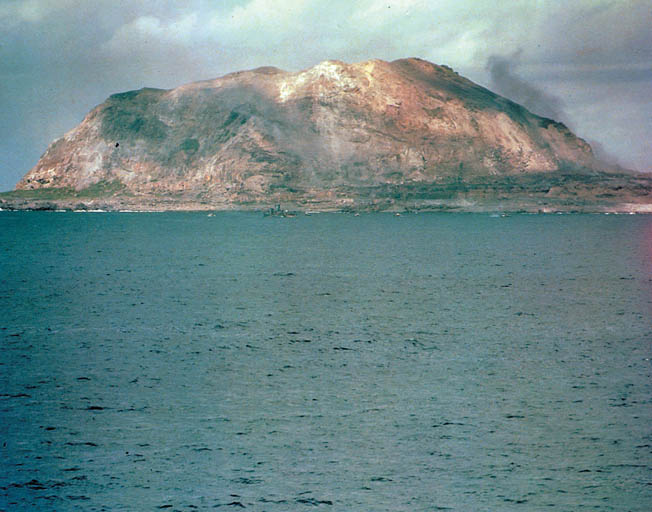
The various Marine divisions and regiments had specific sectors of the two-mile-long beach assigned to them. In the first wave, Colonel John R. Lanigan’s Regimental Combat Team 25 would come ashore on Blue Beach on the right flank, Colonel Walter W. Wensinger’s RCT 23 was assigned the Yellow landing beaches (to the left of the 25th) and to assault the first enemy airfield. The 27th Marines would land on Red Beach to the left of center, while the 28th would hit Green Beach on the far left, closest to Mount Suribachi. The 24th was in reserve and would come ashore at about 5 pm on L-Day (landing day).
Softening up enemy defenses was deemed critical. After sustaining a terrific naval and aerial bombardment that lasted for days (but not as long as American commanders wanted), the Japanese, although a bit shaken and deafened, looked through their telescopes and field glasses to see the 450-ship American armada parked off the island’s southern coast.
“Land the Landing Force!”
At 6:45 am on February 19, 1945, Admiral Richmond Kelly Turner signaled, “Land the landing force!” It took hours to obey that order, but shortly after 9 am Marines of the 4th and 5th Divisions began hitting Green, Red, Yellow, and Blue Beaches abreast, initially finding little enemy resistance. Kuribayashi had ordered his men to hold their fire until the beaches were crowded with invaders; most would obey. There would be no suicidal banzai charges, either.
After wading ashore, the 4th Marine Division’s 25th RCT’s mission was to push forward to take the Quarry, a Japanese strongpoint, while the 5th Marine Division’s 28th Marines had the task of attacking Mount Suribachi, which loomed 556 feet above the invasion beaches. The 3rd Marine Division would be kept in reserve and land on L+5 to capture Airfield Number 2. More than 80,000 Marines would eventually take part in Operation Detachment.
The Japanese watched and waited as the Marines in their camouflage-speckled uniforms came ashore, followed by their great, lumbering Sherman tanks. Supplies began to pile onto the black sand. The Marines were obviously relieved that, thus far, everything was proceeding without a hitch. Few shots had been fired at them. Maybe the preliminary barrages had wiped out all of the enemy.
And then, at about 10 am, the calm morning was shattered as General Kuribayashi gave the signal and hundreds of guns, firing from hidden emplacements, opened up on the Marines.
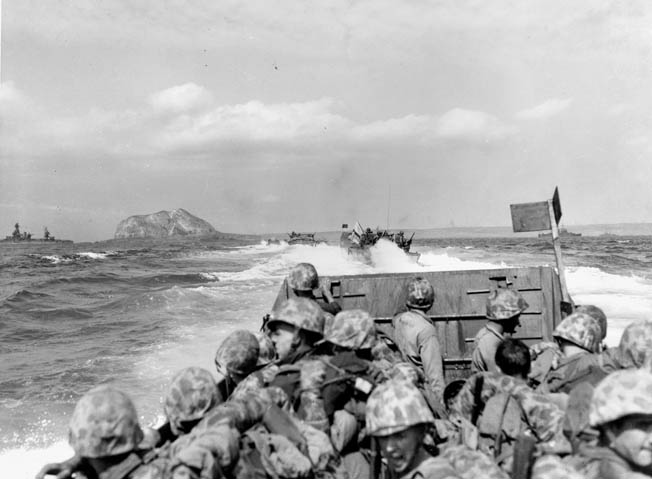
Colonel Wensinger’s RCT 23 discovered that trying to run across the soft, yielding volcanic sand was like running through molasses. Struggling inland under increasingly severe enemy fire, they pushed forward until they reached the edge of Motoyama Airfield Number 1 in early afternoon. But enemy opposition had depleted the ranks of the leading battalion, and despite support from Lt. Col. Richard K. Schmidt’s 4th Tank Battalion, the attack stalled at the edge of the airfield. Even the tanks had difficulty reaching the airfield, several being lost to enemy mines buried in the soft sand and others temporarily stranded on the beach in that same black volcanic sand.
Wensinger’s 23rd Marines ran into a series of blockhouses and pillboxes manned by the 10th Independent Anti-Tank Battalion and the 309th Infantry Battalion. It was here that Sergeant Darren S. Cole, USMCR, a 24-year-old from Flat River, Missouri, serving with Company B, 1st Battalion, 23rd Marines, became the first Marine on Iwo Jima to earn the Medal of Honor. When his squad was halted by devastating small-arms, mortar, and artillery fire, Sergeant Cole led them up the slope to Airfield Number 1 and alone destroyed two enemy positions with grenades. He then identified three enemy pillboxes threatening his men.
Putting his machine gun into action, he managed to silence the closest pillbox. Suddenly, his weapon jammed and the enemy opened up a renewed fusillade, including knee mortars. Sergeant Cole, armed only with a pistol and one hand grenade, charged alone at the enemy, tossed his grenade, and then returned for more. He repeated this action twice more, each time knocking out an enemy position. As he destroyed the final enemy post, he returned to his squad only to be killed by an enemy hand grenade. His self-sacrifice had enabled Company B to continue its advance against Airfield Number 1.
Colonel Wensinger ordered his reserve battalion, Major James S. Scales’s 3rd, into the fight. As Major Scales’s men came forward, the tanks were forced to withdraw under an intense Japanese antitank barrage. Nearby, Major Robert H. Davidson’s 2nd Battalion couldn’t even get tank support, so intense was the enemy fire. Nevertheless, by mid-afternoon the Marines of the 23rd Regiment, through sheer guts, had reached and secured the edges of the airfield.
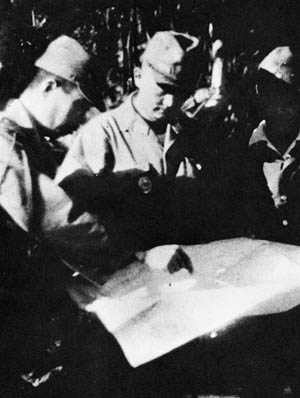
“One of the Worst Blood-Lettings of the War”
Colonel Lanigan’s RCT 25 was on the extreme right of V Amphibious Corps. Their assignment was twofold. After landing over the Blue Beaches, they were to attack in two directions; Lt. Col. Hollis Mustain’s 1st Battalion was to strike directly inland, protecting the right flank of the 23rd Marines attacking Airfield Number 1, while Lt. Col. Justice M. Chambers’s 3rd Battalion was assigned to take the Quarry. Because of concerns that fire from the Quarry and East Boat Basin would be severe against the landing beaches, Blue Beach 2 was not used, and Chambers’s battalion landed behind Mustain’s battalion over Blue Beach 1.
Because the two battalions followed each other across Blue Beach 1 under heavy enemy fire, some confusion and mixing of units resulted. The 3rd Battalion in particular was hard hit, with Company K losing eight officers by mid-afternoon; Company I lost six others and Company L another five. The supporting tanks of Company A, 4th Tank Battalion only drew more enemy fire. A bulldozer cutting a road off Blue Beach 1 was destroyed when it hit a large enemy mine hidden in the sand, and the tanks of Company A were halted barely 100 yards off the beach by a large enemy minefield.
Using their main 75mm guns, Company A’s tankers provided what support they could to the Marines attacking the enemy positions in the cliffs and pillboxes to the north. Engineers from the 4th Engineer Battalion worked under enemy fire to clear the blocking minefield.
Landing 15 minutes after H-hour, Lt. Col. Chambers’s 3rd Battalion, 25th Marines, took the heaviest beating of the day on the extreme right while trying to scale the cliffs leading to the Quarry. “Crossing that second terrace,” Chambers recalled, “the fire from automatic weapons was coming from all over. You could’ve held up a cigarette and lit it on the stuff going by. I knew immediately we were in for one hell of a time.”
The enemy bombardment was unlike anything the Marines had ever experienced. There was hardly any cover. Japanese artillery and mortar rounds blanketed every corner of the 3,000-yard-wide beach. Large-caliber coast defense guns and dual-purpose antiaircraft guns firing horizontally caught the Marines in a deadly crossfire from both flanks.
Marines searched for cover in vain as the Japanese artillery and machine-gun fire cut them to shreds. One Marine combat veteran observing this expressed a grudging respect for the Japanese gunners. “It was one of the worst blood-lettings of the war,” said Major Frederick Karch of the 14th Marine Artillery Regiment. “They rolled those artillery barrages up and down the beach—I just didn’t see how anybody could live through such heavy fire barrages.”
At sea, Lt. Col. Donald M. Weller, the naval gunfire officer with Task Force 51, tried desperately to hit the Japanese gun positions that were blasting 3rd Battalion, 25th Marines, from the Quarry. It would take longer to coordinate this fire: the first Japanese barrages had wiped out the 3rd Battalion, 25th Marines’ entire shore fire control party.
Medal of Honor in the Quarry Battle
As the two battalions of the 25th Marines attacked in different directions against strong enemy resistance, they soon lost contact with each other. This had been foreseen, and Colonel Lanigan called forward Lt. Col. Lewis C. Hudson’s 2nd Battalion, 25th Marines, from Blue Beach 1 to fill the gap.
With all his battalions now on line, Colonel Lanigan ordered a coordinated attack to clear the beaches and move on the airfield and the Quarry. This attack began well, but soon both the 1st and 2nd Battalions were forced to ground by enemy fire. The 3rd Battalion managed to clear about 200 yards before halting.
The 3rd Battalion commander, Lt. Col. Justice M. Chambers, USMCR, of Huntington, West Virginia, was already a legend in the Marine Corps before he ever set foot on Iwo Jima. Having served as a Marine Raider in the Solomon Islands campaign before joining the 4th Marine Division, he had earned a reputation as a daring leader in addition to several medals for bravery.
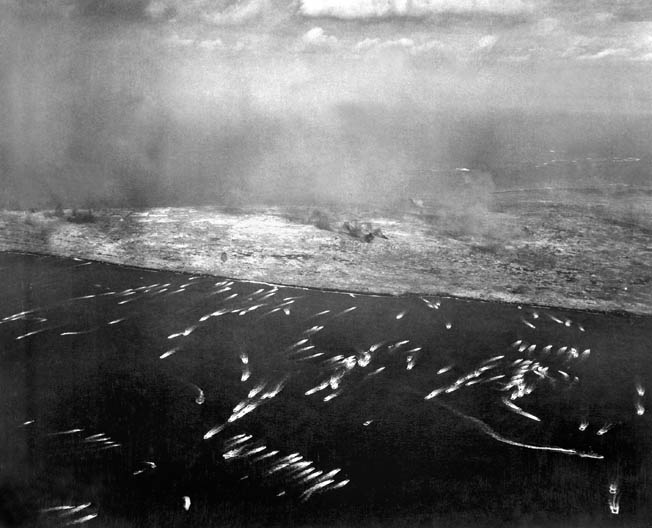
He was also a caring leader and trained his battalion hard. Chambers preached “mental conditioning” to his men and kept them for weeks on the rifle range to ensure accurate marksmanship. Not much for close-order drill, he kept his men out in the field, training at every opportunity. Some men groused and even considered revolt but gradually came to respect their battalion commander when they began to realize they were among the best trained battalions in the division. Now, after three campaigns, they would follow Chambers’s lead anywhere.
On L-Day at Iwo Jima, he led them against the Quarry. It was a bitter, brutal fight and cost the 3rd Battalion, 25th Marines dearly.
By late afternoon, Chambers reported to Colonel Lanigan that of the 900 Marines he had landed with that morning only 150 were still on their feet as the first day ended. Lanigan immediately rushed up elements of the 1st Battalion, 24th Marines, to the Quarry battle.
As night fell, Chambers’s battalion, or what was left of it, was relieved by Major Paul S. Treitel’s 1st Battalion, 24th Marines. For his personally courageous leadership of 3rd Assault Battalion Landing Team, 25th Marines, from February 19 to February 22, when he was seriously wounded, Lt. Col. Chambers was awarded a Medal of Honor.
Eight Percent Casualties
Not far behind the thin line of Marine infantrymen, Colonel Louis G. DeHaven’s 14th Marine Artillery Regiment landed over the now secured beaches. Because of the heavy and accurate Japanese fire, only the 1st and 2nd Battalions came ashore on L-Day, the 3rd and 4th Battalions landing the following day.
The artillerymen had problems of their own. The beachhead was too small and did not include areas that had been preselected for the artillery to emplace their guns. There were no roads inland, and the soft sand hindered movement of heavy equipment. Casualties, including a battalion commander, further hindered the artillery. Even Lt. Col. Carl A. Youngdale’s 4th Battalion, which had spent the day aboard ships awaiting orders to land, suffered six casualties from enemy shells falling among the transports.
Japanese tactics so far in the Pacific War had been to launch a major counterattack on the first night of any invasion of their islands. This “defense at the water’s edge” doctrine had broken the back of Japanese resistance in many island battles. But not at Iwo Jima. Although enemy artillery and mortars pounded the Marines all night long, no serious ground attack was launched against the V Amphibious Corps’ beachhead. Iwo Jima was already showing signs of being a different type of battle than those the Marines had fought earlier in the Pacific.
The constant Japanese barrage took a toll, however. Both Lt. Col. Ralph Haas, the commander of the 1st Battalion, 23rd Marines, and his operations officer were killed during the night, and the supply dump of the 3rd Battalion, 25th Marines, on Blue Beach was destroyed by enemy rockets. Preliminary casualty counts showed that about eight percent of the 30,000 men who landed on L-Day had become casualties. Of these 2,420 casualties, about 20 percent, or 548 men, had been killed.
February 20 dawned clear and with good visibility. The 4th Marine Division attacked toward Airfield Number 1 with the 23rd and 25th Marines abreast; battalions of the 24th Marines reinforced both regiments. With the support of Company C, 4th Tank Battalion, the 23rd Marines secured the airfield, breaching an important section of the Japanese defensive line. Minefields, rough terrain, and fierce enemy opposition slowed the advance. Heavy rocket, artillery, and mortar barrages constantly struck the advancing Marines.
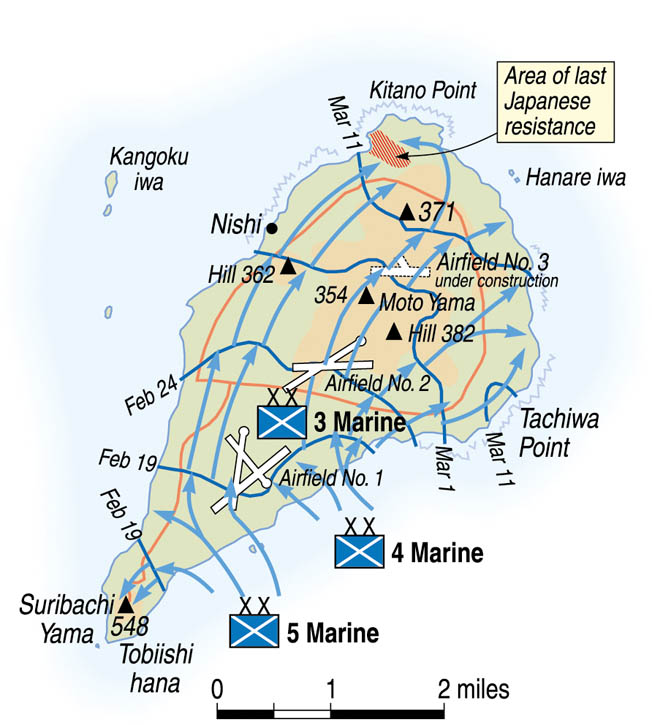
Late in the afternoon, the 23rd Marines made contact with the 27th Marines of the 5th Marine Division, forming a connected line of advance across the middle of the island. The 25th Marines advanced with two battalions, while the attached 1st Battalion, 24th Marines, held in place at the Quarry until the rest of the corps came alongside.
Again, the cost of the advance was high. A mortar shell knocked out the command staff of the 2nd Battalion, 25th Marines, and killed the commander of Company B, 4th Tank Battalion. Lt. Col. James Taul, the executive officer of the 3rd Battalion, 25th Marines, then in reserve, took command of the 2nd Battalion.
Knocking Out Bunkers on Iwo Jima
Meanwhile, the fight raged on. Lieutenant Arthur W. Zimmerman, seeing that tank support was desperately needed, constantly exposed himself to direct tank fire against a blockhouse that had his platoon pinned down. A tank commander, Sergeant James R. Haddix, volunteered to remain in an exposed position protecting several Marines who were pinned down in a shell hole, eliminating every enemy threat that came against them.
One of the participants, who wrote a brief history of the battle, stated, “There was no cover from enemy fire. Japs deep in reinforced concrete pillboxes laid down interlocking bands of fire that cut whole companies to ribbons. Camouflage hid all the enemy installations. The high ground on every side was honeycombed with layer after layer of Jap emplacements, blockhouses, dugouts, and observation posts. Their observation was perfect; whenever the Marines made a move, the Japs watched every step, and when the moment came, their mortars, rockets, machine guns, and artillery––long ago zeroed-in––would smother the area in a murderous blanket of fire.
“The counterbattery fire and preparatory barrages of Marine artillery and naval gunfire were often ineffective, for the Japs would merely retire to a lower level or inner cave and wait until the storm had passed. Then they would emerge and blast the advancing Marines.”
Fighting remained personal on Iwo Jima. A 24-year-old from Marvel Valley, Alabama, Sergeant Ross Franklin Gray, USMCR, was a platoon sergeant with Company A, 25th Marines, when his unit was held up by a grenade barrage near Airfield Number 1 on February 21. He pulled his platoon out of grenade range and then went forward alone to reconnoiter the enemy defenses. He discovered a large minefield and a strong network of emplacements and covered trenches.
Although under heavy enemy fire, Sergeant Gray cleared a path through the minefield and then returned to his platoon. He volunteered to lead an attack under the covering fire of three fellow Marines. Unarmed except for a huge demolition charge, he crawled to the first enemy position and blew it closed with the explosives.
Immediately taken under fire by another of the enemy positions, Gray crawled back to get another demolition charge. He then returned and destroyed the second enemy post. He did this again and again, destroying a total of six enemy pillboxes and killing 25 enemy soldiers. Not finished, he returned to the minefield and disarmed the remaining mines. He survived to wear his Medal of Honor.
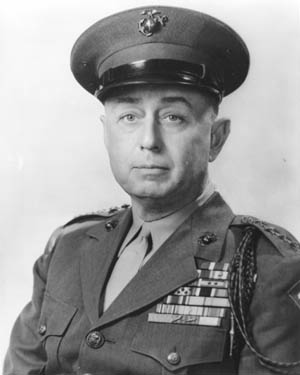
As the battle slowly moved north, the 24th Marines came up against six pillboxes that were stalling the leading company. Two tanks came forward and tried to knock them out, but both tanks were themselves disabled by mines. The battalion commander asked a Marine “regular,” 43-year-old Marine Ira “Gunner” Davidson, from Chavies, Kentucky, if he could knock out the pillboxes. Davidson rounded up a gun crew of six Marines and a 37mm gun. While running across 200 yards of open ground under enemy fire, one was killed, two were wounded, and one knocked senseless before they could get the gun into position.
Davidson then set his sights on each bunker in turn, aiming for the firing slits in each pillbox and blasting away. Now protected by some riflemen, the Marines moved up to find that in each pillbox were from two to four dead Japanese. Davidson’s exacting aim had knocked out all six pillboxes by exploding his rounds inside each without destroying the emplacement itself. Davidson repeated this exploit a few days later and was awarded a Silver Star for his skills and courage.
The time had come to take Airfield Number 2 in the island’s center. During the advance of the 24th Marines on February 21, a company commander in the 2nd Battalion, Captain Joseph Jeremiah McCarthy, USMCR, a 34-year-old Chicagoan, refused to admit his men were stymied by the Japanese defenses around the airfield.
Despite heavy enemy machine-gun, rifle, and 47mm fire directed at his company, he organized a demolition and flamethrower team, covered by a rifle squad, and led them across 75 yards of fire-swept ground into a heavily fortified zone of enemy defenses. He personally threw hand grenades into the successive pillboxes as his team came up to destroy each in turn.
Seeing enemy troops attempting to escape from a destroyed position, McCarthy stood erect in the face of enemy fire and destroyed the fleeing enemy. Entering the ruins of one pillbox, he killed an enemy soldier who was aiming at one of his Marines, then went back to his company and led them in an attack that neutralized all enemy resistance within his area. Throughout this battle, he had consistently exposed himself to personally lead and encourage his Marines. He received the Medal of Honor.
Raising the Flag on Mount Suribachi
The situation was no less dangerous at the supply and aid stations in the rear along the waterline. Enemy gunners seemed to target supply dumps and aid stations, and many Marines suffered second and third wounds while lying helplessly in an aid station. Vehicles bringing supplies to the forward areas were also targeted.
On the beaches, a sudden storm made unloading difficult and delayed removal of the wounded to hospital ships offshore. During the landing of the 4th Battalion, 14th Marine Artillery Regiment, on February 20, over half the battalion’s 105mm howitzers were lost to the sea and two more were lost on the beach due to high surf conditions. The surviving guns were set up on Yellow Beach and provided support for the infantry.
Advancing painfully, the 4th Marine Division had lost too many men to cover the assigned front. To assist with this, General Schmidt gave General Cates the 21st Marine Regiment, 3rd Marine Division, then offshore in reserve. Although he originally intended for the new arrivals to relieve the battered 25th Marines, General Cates was advised by his assistant division commander, Brig. Gen. Franklin A. Hart, that beach conditions and inland routes favored replacing the 23rd Marines instead, and it was so ordered.
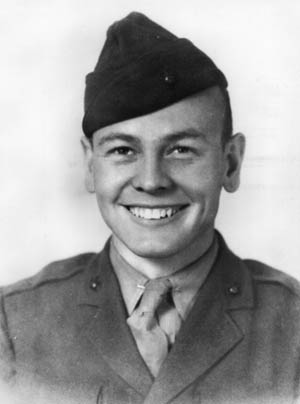
Iwo Jima became a bloody battle between Marines above ground and Japanese deep underground, well camouflaged, and well supported by artillery, rockets, and mortars. Nights were full of enemy infiltration attempts and the occasional small counterattack. Single-plane enemy air raids dropped bombs at random, rarely hitting anything of importance, although one attack did hit the rear areas of the 25th Marines on Blue Beach on L+3. A cold, drizzling rain did little to cheer the exhausted Marines.
On February 23, L+4, a platoon of Marines reached the summit of the island’s most imposing feature: Mount Suribachi. Five men from the 28th Marines raised a small flag atop the volcanic mountain. Navy Corpsman John Bradley said, “It was so small that it couldn’t be seen from down below, so our battalion commander, Lt. Col. Chandler W. Johnson, sent a four-man patrol up with this larger flag….” Another group of men from the 28th Marines, including Bradley, raised the second, larger, flag––an event that was captured by Associated Press photographer Joe Rosenthal and reproduced thousands of times. Although it was a photo that symbolized victory, final victory on Iwo Jima was still a long way off.
“It takes courage to stay at the front on Iwo Jima,” wrote Lieutenant Jim G. Lucas, a Marine Corps combat correspondent. “It takes something which we can’t tag or classify to push out ahead of those lines, against an unseen enemy who has survived two months of shell and shock, who lives beneath the rocks of the island, an enemy capable of suddenly appearing on your flanks or even at your rear, and of disappearing back into his hole. It takes courage for officers to send their men ahead, when many they’ve known since the [4th Marine] Division came into existence have already gone. It takes courage to crawl ahead, 100 yards a day, and get up the next morning, count losses, and do it again. But that’s the only way it can be done.”
The 4th Marine Division Faces the “Meat Grinder”
Having secured the Quarry and the high ground above the East Boat Basin, the 4th Marine Division was now faced with a major enemy defensive enclave. This was a mutually supporting group of defensive positions known as the “Amphitheater.” The main defenses of this area in the central and northern sections of the island––Hill 382, Turkey Knob, Charlie-Dog Ridge, and Minami Village––would soon be collectively known as the “Meat Grinder.”
The enemy had done everything possible to build these defenses. Hill 382, also known as “Radar Hill,” had the remains of a radar station atop it, but the hill itself had been hollowed out by Japanese engineers and filled with antitank guns and artillery pieces. Each resided safely in a concrete emplacement. The hill gave the enemy excellent observation over all approaches.
The remainder of Hill 382 was a honeycomb of caves, ridges, and crevices containing light and medium tanks, 57mm and 47mm guns, and infantry armed with rifles, mortars, and machine guns. Turkey Knob, some 600 yards south, was a major communications center for the Japanese and housed reinforced concrete emplacements.
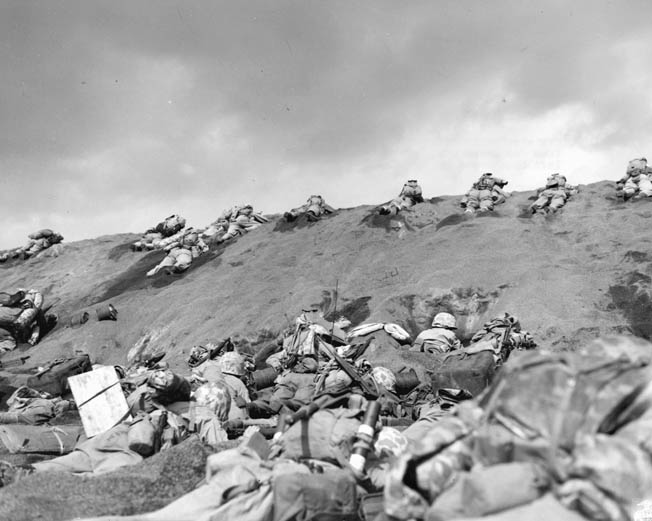
In the Amphitheater, a southeastern extension of Hill 382, the Japanese had taken the bowl-shaped terrain and filled it with three tiers of heavy concrete emplacements. Here, too, were extensive communications facilities along with electric lighting for the vast underground defenses. Antitank guns and machine guns covered all approaches to Turkey Knob.
Between each of these was a jumble of rocky ground, caves, crevices, and open ground offering little, if any, protection for attacking forces. Torn trees blocked approaches, as did blasted rocks, depressions, and a host of irregular ground obstacles. This was the eastern bulge of Iwo Jima––the core of the Japanese defense in the northeastern half of the island––and the 4th Marine Division’s objective.
Two Days of Fighting For Hill 382
On February 24, the 24th Marines began to move across those approaches.
After several hundred yards the Marines were stopped cold. From Charlie-Dog Ridge came heavy machine-gun, rifle, antitank, and mortar fire at point-blank range. From behind came antiaircraft fire using airbursts, antitank fire, and artillery. The Marines called for supporting fire of their own, but because they were so close to the enemy this was refused.
Only the 14th Marine Artillery’s 105mm guns were accurate enough, along with the infantry’s own 60mm and 81mm mortars; Marines of the Weapons Company dragged a 37mm gun forward and helped. Four machine guns were also pushed forward to help in suppressing enemy fire.
Then it began again. Advancing by rushes, individual squads of Marines attacked each enemy position in turn, working from one position to the next. Shooting, burning, and blasting, they fought their way to the top. By late afternoon, Companies G and I had made it and were mopping up the last of the defenders.
The 3rd Battalion, 24th Marines, was not so fortunate. They hit the Amphitheater itself, suffered heavy casualties, and had to use white phosphorous smoke shells to screen the evacuation of their wounded. Among these was the battalion commander, Lt. Col. Alexander A. Vandegrift, Jr., son of the Commandant of the Marine Corps, who was seriously wounded.
By this time, L+6, two-thirds of the 3rd Marine Division was ashore on Iwo Jima and had taken over the center of V Amphibious Corps’ front line. The 4th Marine Division continued on the right flank, facing the Amphitheater; one-third of the island lay in their sector. It was the most rugged terrain on the island and defended by determined enemy soldiers and sailors.
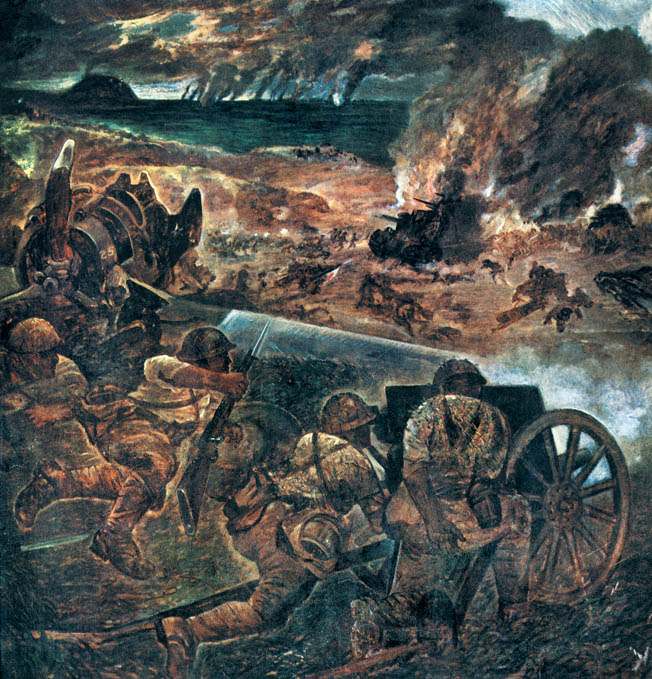
The 23rd and 24th Marines, the latter reinforced with the 2nd Battalion, 25th Marines, and Company A, 2nd Armored Amphibian Battalion, opened the attack with a fierce barrage from supporting weapons. Because enemy defenses blocked the use of tanks on the division’s front, permission had been given to move the 4th Tank Battalion’s tanks through the adjoining 3rd Marine Division’s sector. These were particularly helpful to the 23rd Marines’ advance, knocking out enemy pillboxes, machine guns, and antitank guns.
The 24th Marines and their reinforcements took on the Amphitheater and Minami Village. From offshore, the amphibian tractors tried to support the attack, but rough seas reduced their effectiveness and they were recalled.
Incredibly heavy resistance greeted the 24th Marines. Even the arrival of five tanks did little to aid the attack due to the rough ground and fierce enemy resistance. Once again, key leaders were among the first to fall to enemy fire. After gaining a few hundred yards, the attack halted for the night. General Cates alerted the 25th Marines to replace the 24th Marines in the morning. All three of its battalions, including the 2nd, which was already at the front, would resume the attack.
Using a rolling barrage, with the 14th Marine Artillery Regiment providing an artillery bombardment that advanced toward the enemy 100 yards at a time every five minutes, for 20 minutes, the 25th Marines advanced for the first 100 yards successfully. They then ran into a wall of enemy fire from the Amphitheater and Turkey Knob.
Tanks from Company A, 4th Tank Battalion, came up to assist, but they soon became targets of the enemy artillery. Attempts at counterbattery fire were frustrated by poor observation, even though two observation planes flew over the area attempting to locate the enemy guns. To the left, the 23rd Marines had doggedly moved on Hill 382 using flamethrowers, rockets, and demolitions to gain about 200 yards.
For the next two days the battle continued without pause. Time after time the Marines would gain the top of Hill 382 only to be forced back to cover by enemy artillery, mortar, and small-arms fire. Fighting became hand-to-hand around the ruins of the Japanese radar station.
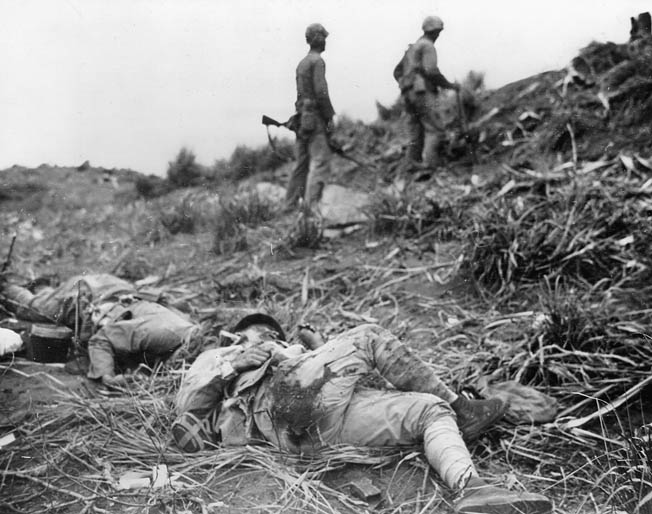
As one Marine later remarked, “The easiest way to describe the battle … is to say that we took the hill [Hill 382] almost every time we attacked––and that the Japs took it back.”
Marine engineers and bulldozers finally cleared a path for tanks to move to the front, and Company B, 4th Tank Battalion, came up to support the 23rd Marines. But once again, the Marines were forced to withdraw for the night. That night Japanese planes were observed parachuting supplies to their troops; Marine artillery took the drop zone under fire.
Navy Corpsman Cecil Bryan
No description of Marines in combat is complete without an acknowledgement of the brave Navy corpsman assigned to them. One such was Pharmacist’s Mate 2/c Cecil A. Bryan. During one battle on Iwo Jima, he saw First Sergeant Fred W. Lunch of the 24th Marines fall seriously wounded.
Despite heavy enemy fire, Bryan raced to the sergeant’s side and saw that his windpipe had been severed by a shell fragment. Unless something was done immediately, he would be dead within moments. Bryan knew he had to give Sergeant Lunch an alternate windpipe––but how? Thinking quickly, he reached into his medical bag and grabbed a piece of rubber tubing normally used for plasma transfusions. He cut off six inches and thrust it into Lunch’s throat. Then he carried his patient, barely alive and bleeding profusely, to an evacuation station. Lunch survived the war with no ill effects.
Combat Effectiveness Down to 50 Percent
At the Amphitheater and Turkey Knob, the 25th Marines, with the 3rd Battalion, 24th Marines attached, continued their frontal attacks. There was no way to surround either terrain feature since they were mutually supporting. On February 27, the 1st Battalion attempted to flank the Amphitheater by moving through the zone of the 23rd Marines, but the latter had not advanced far enough.
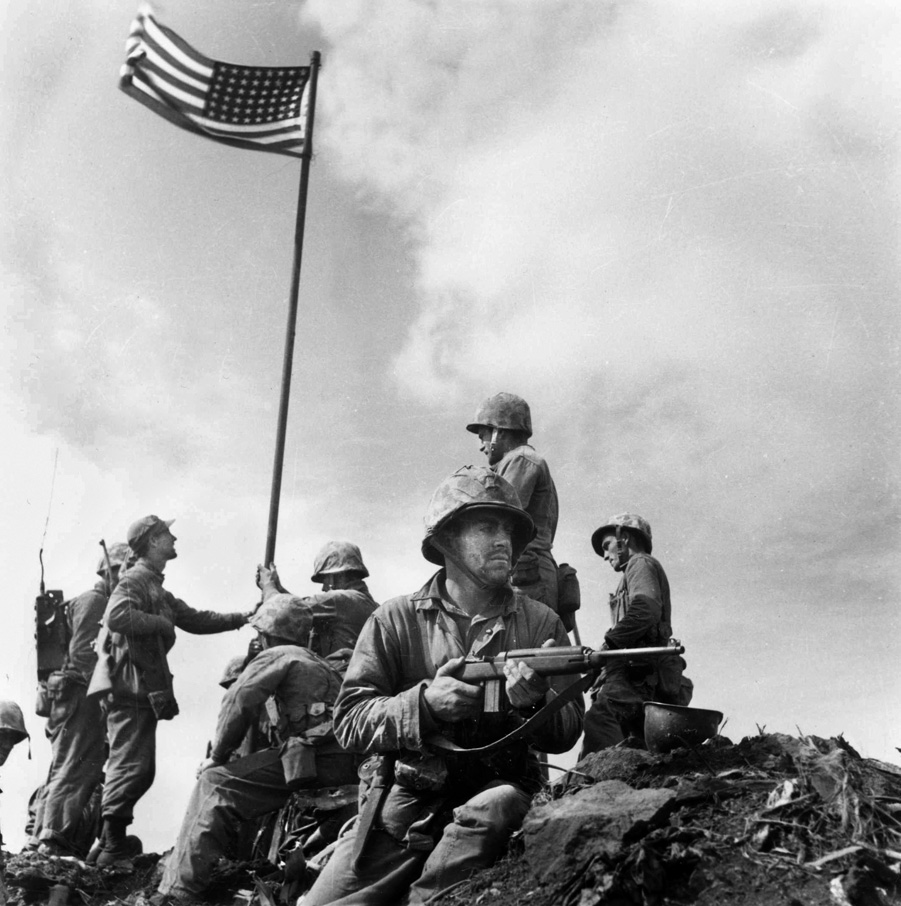
Finally, late in the day an opening was cleared, and Company A, supported by tanks, moved forward. The advance soon turned into a disaster. Three tanks were quickly knocked out by enemy antitank fire, and enemy small arms, mortars, rockets, and artillery saturated Company A. Fire from Turkey Knob also ravaged the advancing Marines, and a withdrawal was soon ordered. The only significant success was the securing of the East Boat Basin by the 3rd Battalion, 25th Marines.
The constant attacks day after day not only wore down the Americans, but the Japanese as well. By March 1, Hill 382 was surrounded, many of the heavier enemy guns silenced, and many of the Japanese defenders dead.
For several more days the battle continued. Company E of the 24th Marines repeatedly attacked, and it seemed as if every attack cost the company a commander killed or wounded. Second Lieutenant Richard Reich, who had been with the company since L-Day, remarked, “They [the new commanding officers] came so fast,” he said, “I didn’t even get their names.”
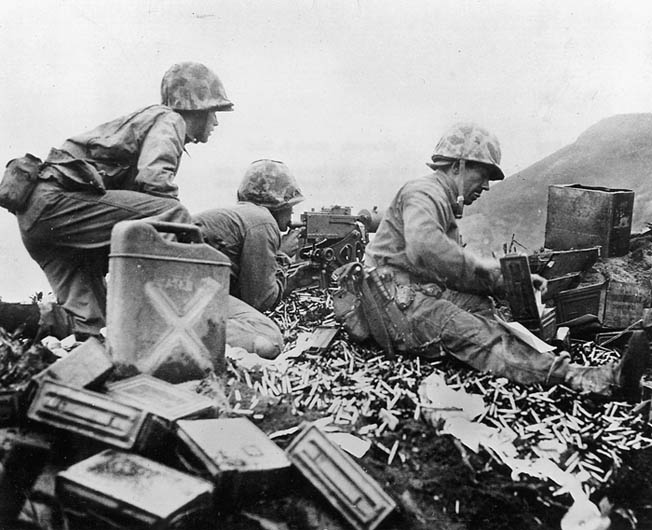
With such fierce fighting it was little wonder that the division’s combat effectiveness was down to 50 percent. Casualties as of March 3 were preliminarily reported as 6,591 Marines killed, wounded, or missing. While this number was about 37 percent of the total division strength, it represented 62 percent of its authorized infantry strength and, as usual, the infantry carried the burden of the battle.
In other words, two of every three infantrymen who came ashore on L-Day were casualties by March 3, 1945, or L+13, after two weeks on Iwo Jima. As just one example, Captain William T. Ketcham’s Company I, 3rd Battalion, 24th Marines, landed with 133 Marines in the three rifle platoons. Only nine of these men remained when the battle ended.
Although some replacements had arrived and joined the depleted regiments, they were not nearly enough to bring them up to authorized strength.
The First B-29 Lands on Iwo Jima
Although fighting still raged across, below, and above Iwo Jima, a signal moment came on March 4 when the first emergency landing was made by a B-29 bomber on one of the captured airfields. The aircraft was repaired, refueled, and took off to complete its mission. By war’s end, 2,400 B-29 bombers would make unscheduled landings on the island.
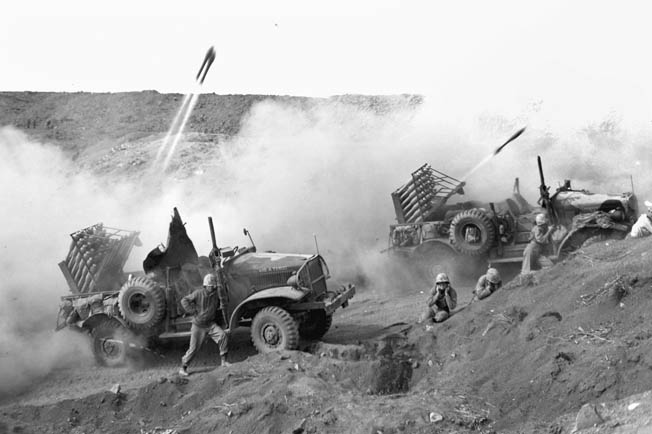
Meanwhile, the strong enemy defenses caused the Marine commanders to try new techniques. When two tanks fired directly into an enemy communications blockhouse atop Turkey Knob without result, the 14th Marine Artillery was asked to send up a 75mm pack howitzer. A gun was duly brought forward with its crew and fired 40 rounds directly at the blockhouse and, while it did not destroy it, the fire neutralized the garrison sufficiently for Company F to move forward some 75 yards to a position from which it destroyed the emplacement the next day. A demolitions crew and a flamethrowing tank completed the job.
By March 9, the Marines had outflanked Hill 382 and Turkey Knob, as well as the Amphitheater; the way to Iwo’s east coast lay ahead. Division intelligence reported that the main enemy core of resistance in the 4th Marine Division’s zone had been broken.
Signs that the Japanese were suffering were becoming clear. The one and only major counterattack against the 4th Marine Division came on the morning of March 9, when enemy troops were discovered infiltrating the lines of the 2nd Battalion, 23rd Marines and 3rd Battalion, 24th Marines.
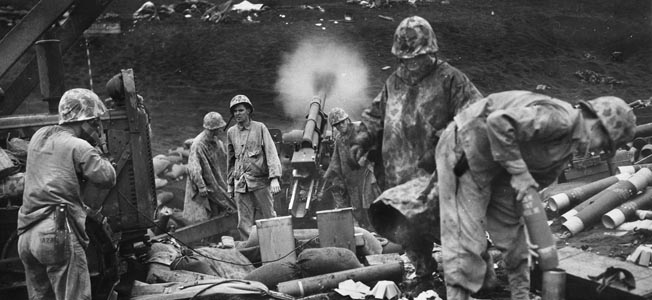
This infiltration quickly turned into a major counterattack but was by no means a wild banzai charge for which the Japanese were known. The enemy troops worked their way as close as possible to the American lines before revealing themselves. Several managed to advance to the battalion command post of the 2nd Battalion, 23rd Marines, before being killed. Others carried stretchers and shouted, “Corpsman!” in English to disguise themselves while penetrating the Marine lines. Most of the fighting fell to Company E, 23rd Marines, and Company L, 24th Marines.
Daylight found some 850 enemy dead in and around the friendly lines; many more were thought to have been carried back to Japanese lines.
General Erskine’s 3rd Marine Division also encountered extremely stubborn defenses during its frontal assault to take Airfield Number 2, but take it they did. By nightfall on March 9, the 3rd had reached Iwo’s northeastern beach, cutting the enemy defenses in two.
Hard fighting was by no means over, however. When the 1st Battalion, 25th Marines, moved into rough terrain north of Turkey Knob, the unit went quietly, with no pre-assault bombardment. For a few minutes all seemed well, but then a barrage of rocket and mortar fire hit the battalion; close fire from enemy machine guns soon joined in the battle.
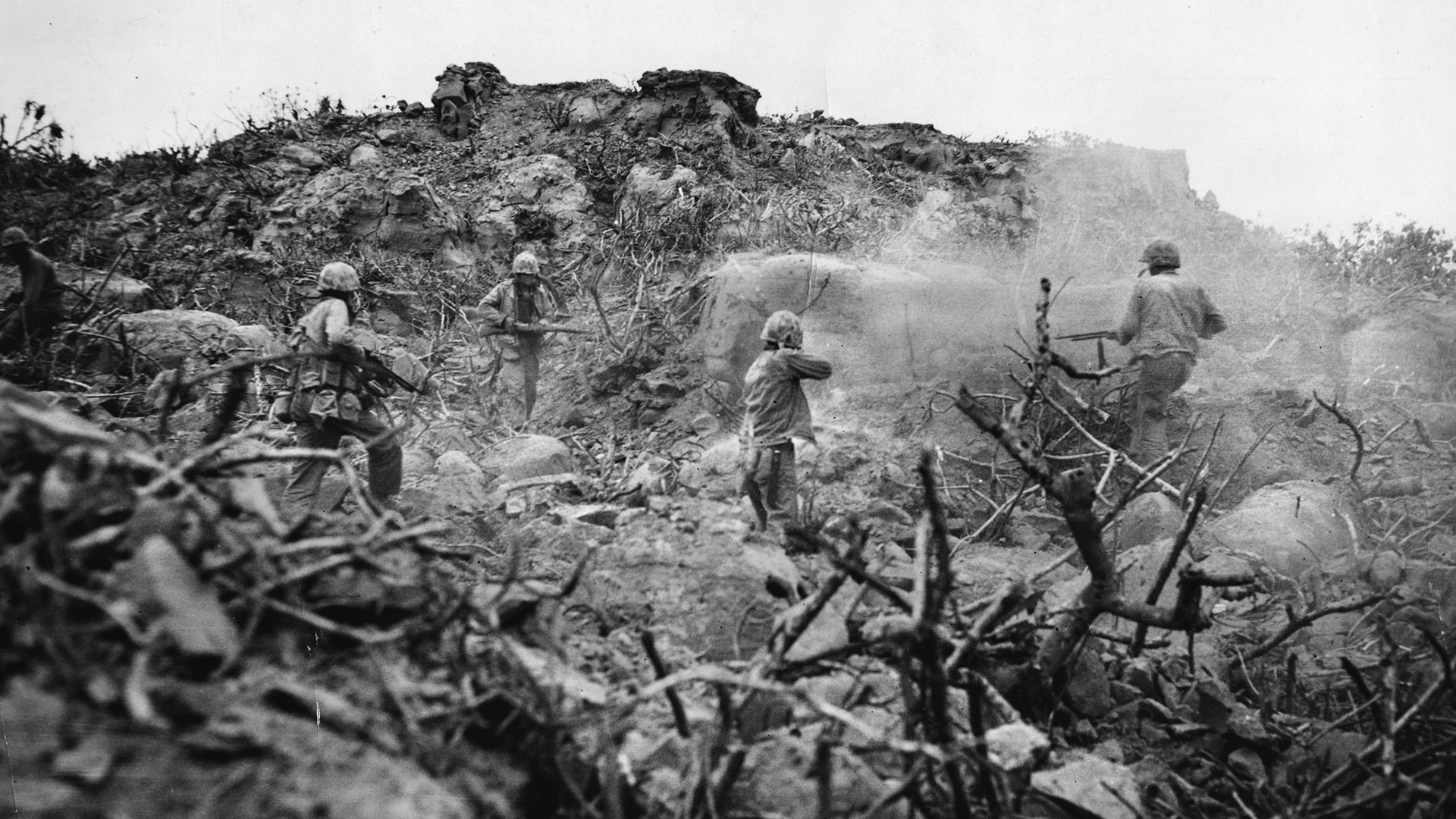
Friendly tanks and artillery answered. A thousand gallons of flamethrower fuel (jellied gasoline) and thousands of rounds of 75mm fire were hurled against the concrete communications blockhouse, which was again active. The battalion was nevertheless forced to withdraw; it spent the night absorbing replacements for the many casualties it had suffered.
Indeed, so short of men was the division that a “4th Provisional Battalion” was organized from supporting troops and placed under the command of Lt. Col. Melvin L. Krulewitch, who had been the 4th Division support group commander.
It had become common practice for companies to be shifted from one battalion to another simply to bring the assault battalion for that day up to near normal strength. The 24th Marines were forced to disband one rifle company in both the 1st and 2nd Battalions, using those men to strengthen the remaining companies.
The 4th Marine Division’s Last Major Attack
The 4th Marine Division continued to clear its zone on Iwo Jima. Patrols sent out by the 23rd Marines on March 10 reported that they had reached the coast. The 25th Marines continued to advance on the right against strong but not determined resistance; the 3rd and 5th Marine Divisions would join them there. Clearly Japanese resistance had been broken.
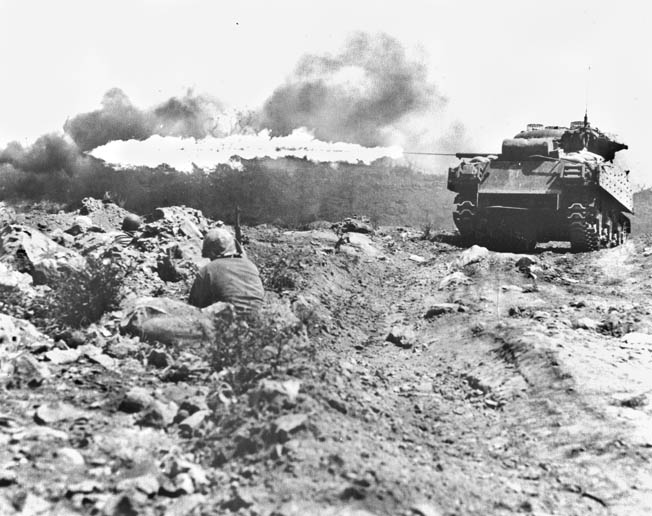
A two-regiment attack on March 11 pushed forward against moderate resistance. Combat engineers followed and destroyed any enemy positions found. The 23rd Marines settled down for the night about 400 yards from the coast, the best position from which to cover their front.
The 25th Marines, facing more opposition, including rocket, mortar, and small-arms fire, continued forward. A prisoner captured during the day reported that about 300 enemy troops remained hidden in caves and tunnels in the small area left under Japanese control. He also reported that a Japanese major general commanded the group.
The remaining Japanese had good terrain from which to continue their resistance. Once again crevices, caves, and ridges covered the area. To avoid more casualties, a surrender appeal was broadcast to these defenders and the enemy general, thought to be Maj. Gen. Sadasue Senda, commanding the 2nd Mixed Brigade.
When the appeal failed, the attack began. Three battalions––2nd and 3rd, 25th Marines, and 2nd Battalion, 24th Marines––launched the 4th Marine Division’s last major attack on Iwo Jima. For the next four days the battle raged, too close for air support or artillery. It became a battle of small arms, mortars, and flamethrowers against Japanese hidden deep in caves and crevices. Tanks could only operate with caution, so close were the fighters.
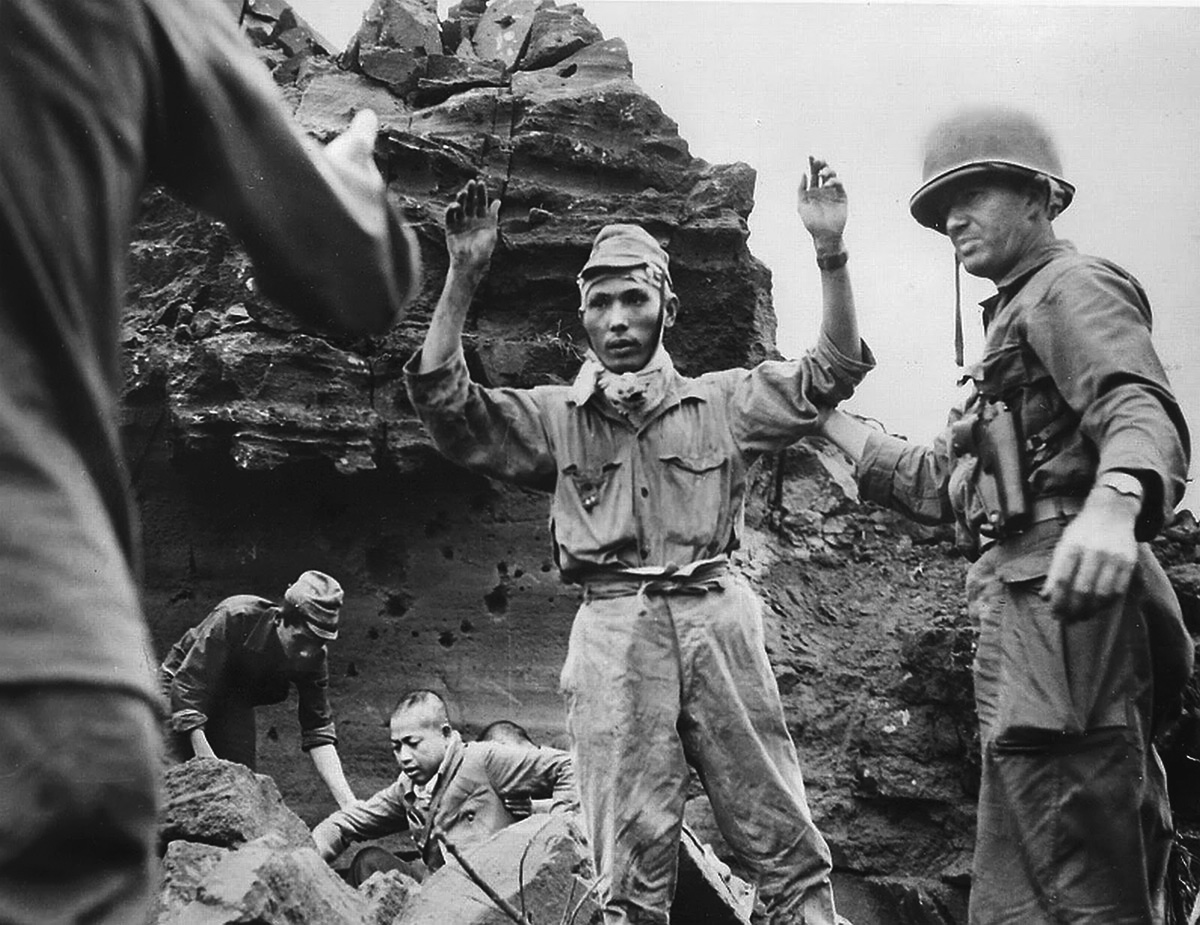
Finally, Marines with flamethrowers, bazookas, rifles, grenades, and satchel charges decided the issue. Despite numerous attempts to convince the Japanese to surrender, they fought to the end. Some 1,500 Japanese dead were later counted in this area. Maj. Gen. Senda’s body was never identified, nor was Lt. Gen. Kuribayashi’s body ever found.
On March 14, 1945, the 4th Marine Division, or what was left of it, began departing Iwo Jima for Maui, Territory of Hawaii, and some well-deserved R&R. Fighting still raged on the island, but the division had accomplished its mission. Plans for the invasion of the Japanese home islands were already in progress, and the 4th Marine Division was included. Behind them, 9,098 of the 4th’s members were killed or wounded.
Indeed, for the 4th Marine Division the war was over. The division had spent a total of 63 days in combat during four major amphibious operations. The 4th’s casualties totaled 16,323, or 260 casualties per combat day. Only the 1st Marine Division suffered more casualties during the war, but it spent far more time in combat. Only the 1st and 4th Marine Divisions made four opposed amphibious landings during the war. The 4th Marine Division also suffered more combat fatalities than any other Marine division except the 1st.
It had been a short but a very difficult war for the 4th Division, a unit that did not even exist until after Guadalcanal. But they had performed magnificently.
Twenty-Seven Medals of Honor on Iwo Jima
Total casualties for all three Marine divisions and the Navy offshore during the 36-day battle were over 26,000 with 6,821 killed; the Japanese lost 20,000 men killed. Twenty-seven Medals of Honor were awarded to Marines and sailors, many posthumously, the most ever awarded for a single operation during the war, and one third of the 80 Medals of Honor awarded to Marines during World War II.
After the battle, Admiral Chester W. Nimitz, Commander in Chief, Pacific Fleet and Pacific Ocean Areas, wrote, “The battle of Iwo Island has been won. The United States Marines by their individual and collective courage have conquered a base which is as necessary to us in our continuing forward movement toward final victory as it was vital to the enemy in staving off ultimate defeat.
“By their victory, the 3rd, 4th and 5th Marine Divisions and other units of the Fifth Amphibious Corps have made an accounting to their country which only history will be able to value fully. Among the Americans who served on Iwo Island, uncommon valor was a common virtue.”
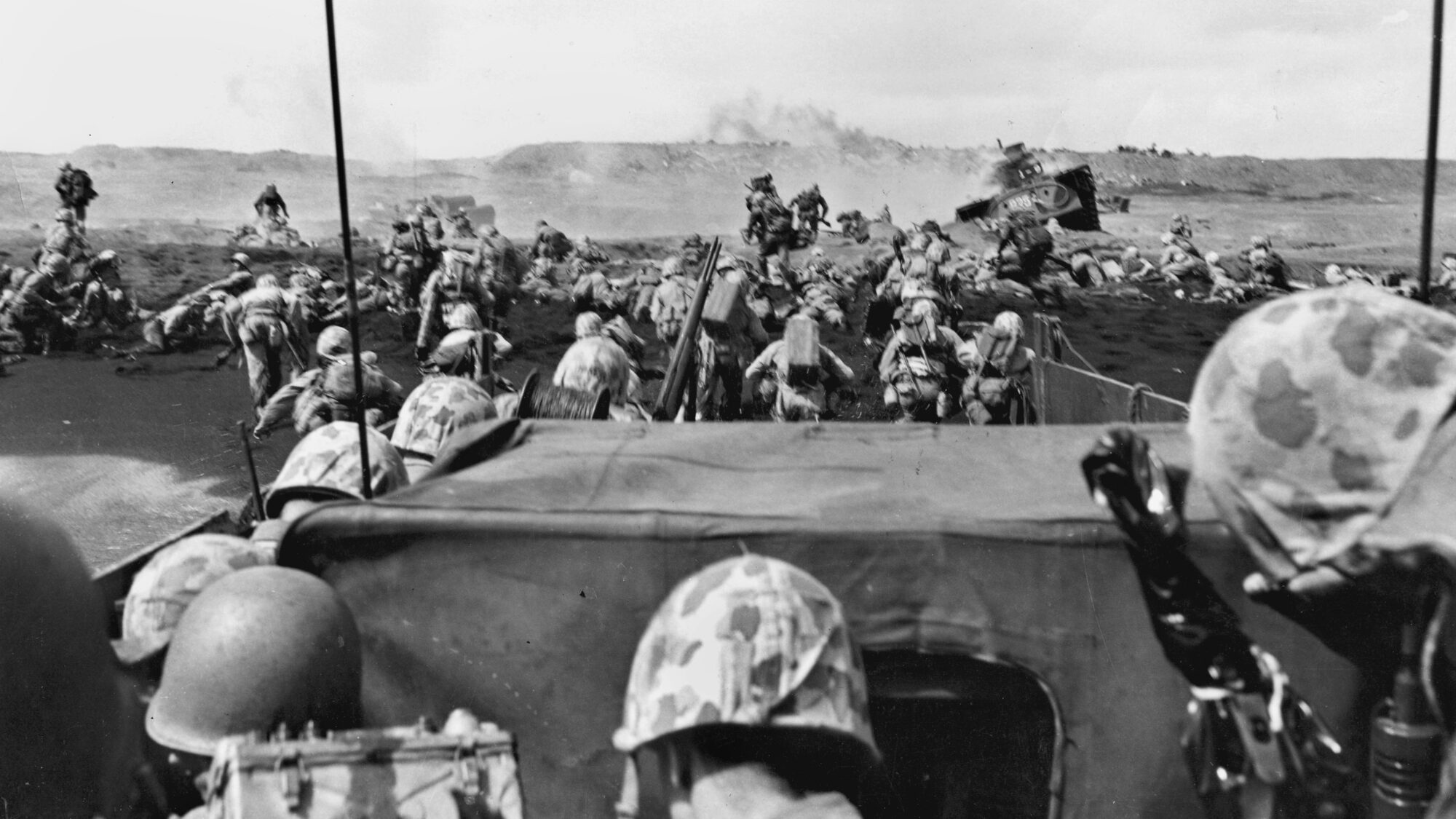

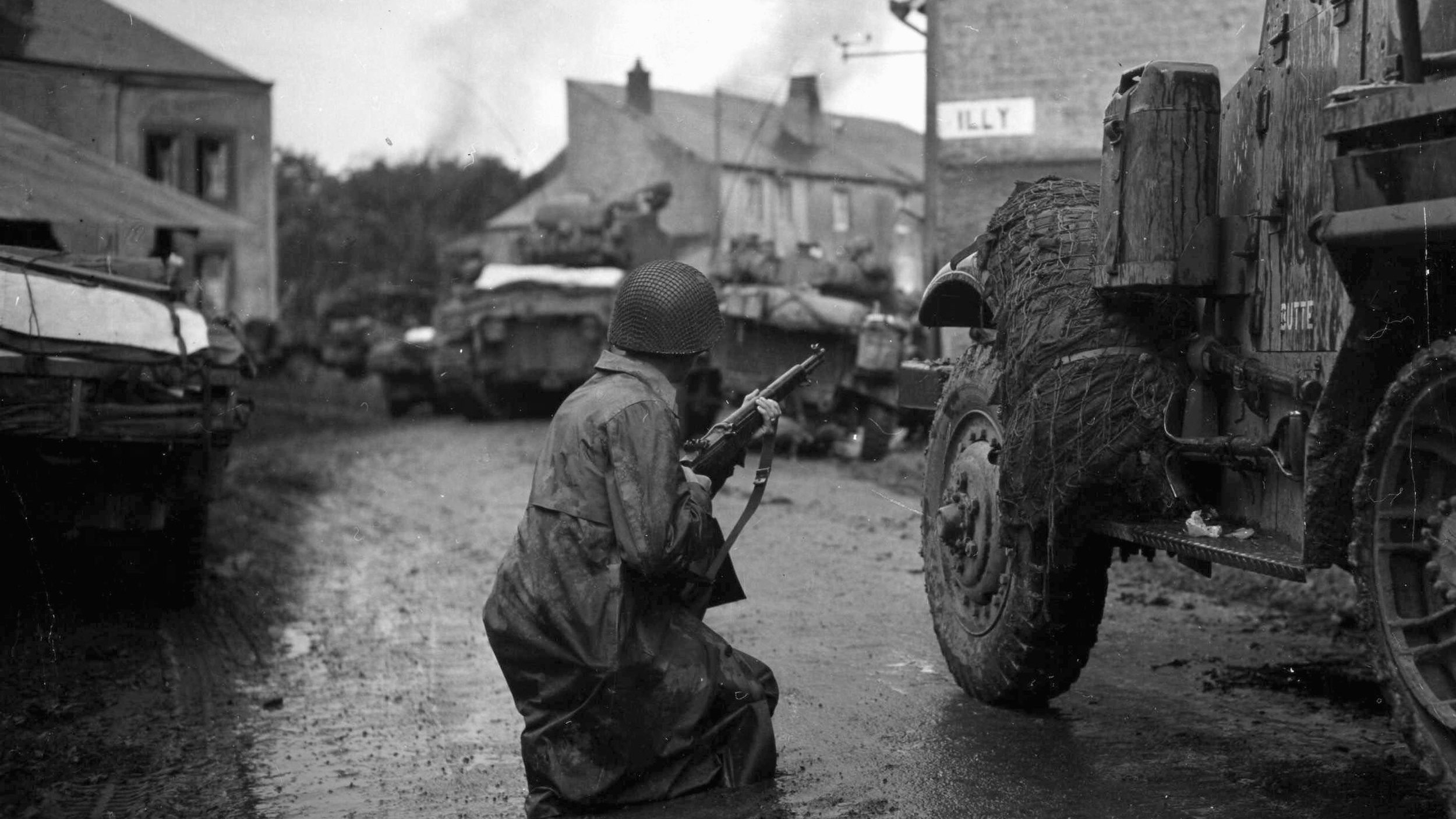
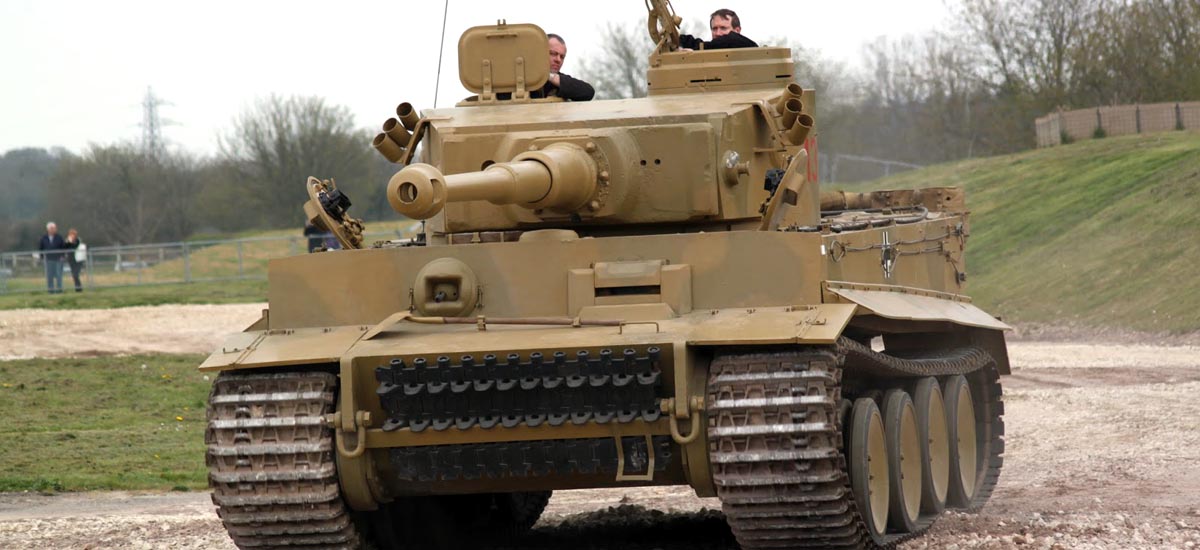
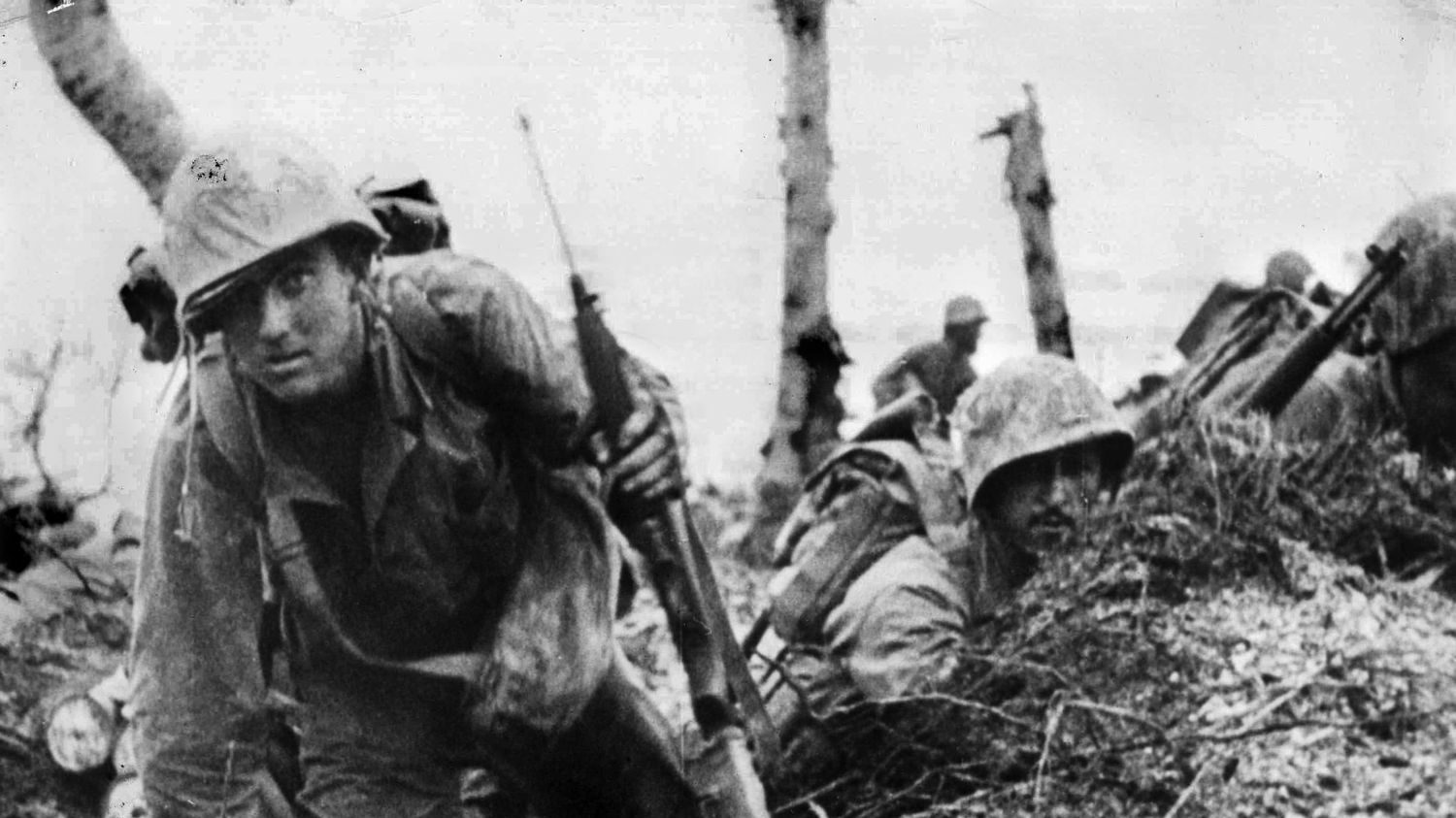

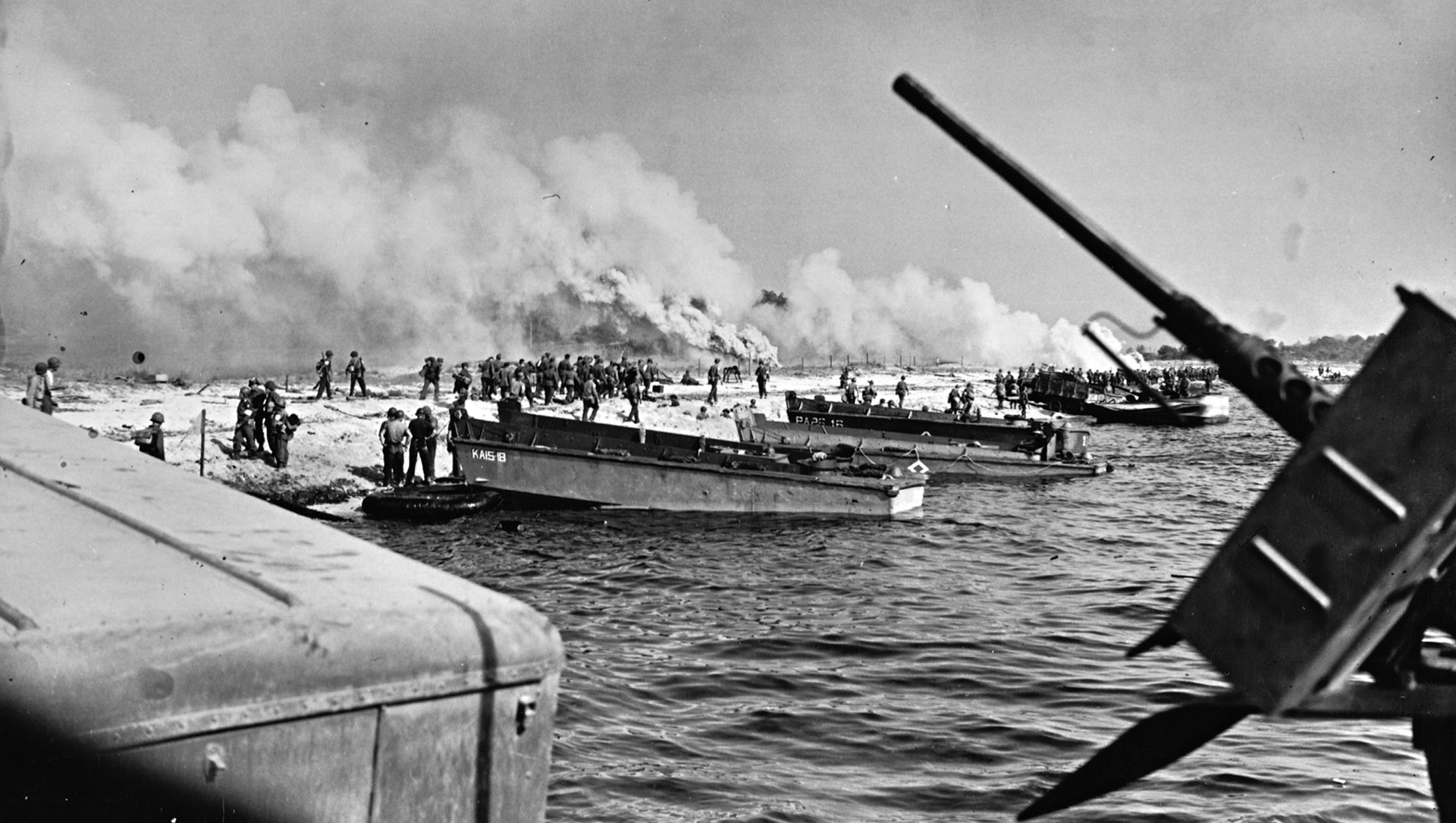
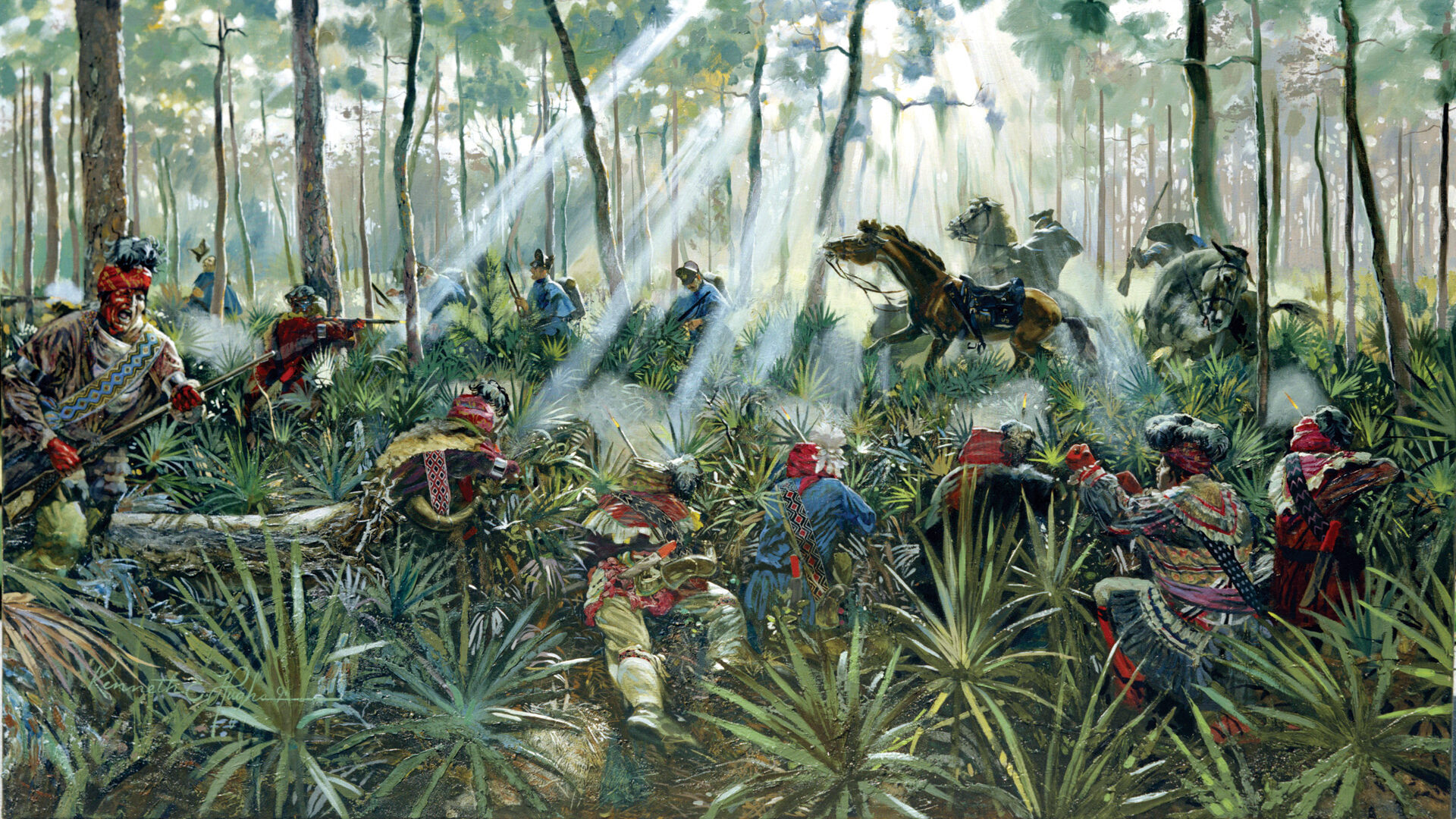
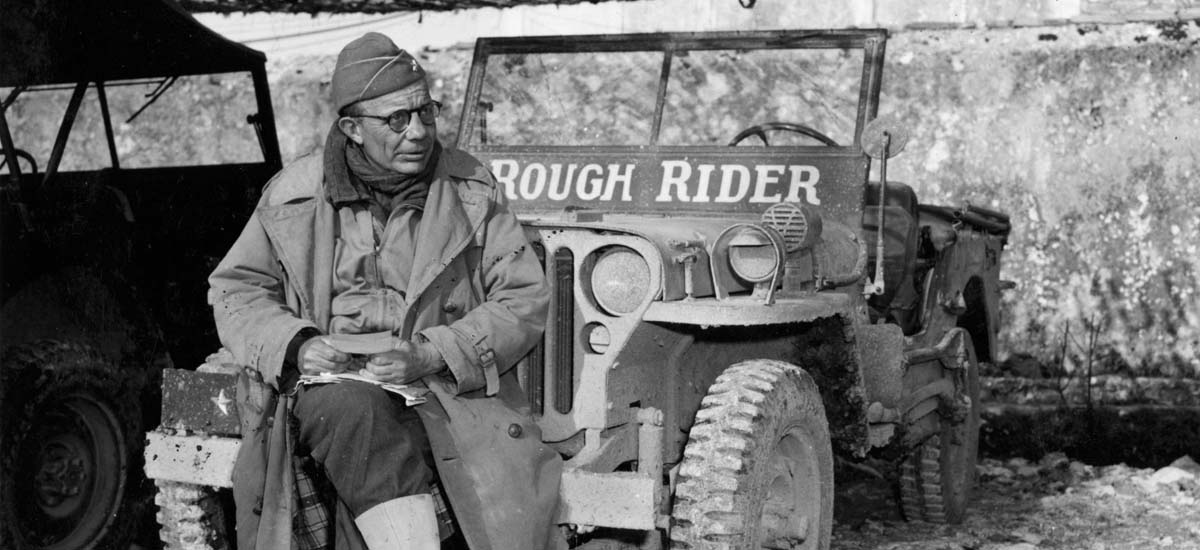
My dad, Cpl. James E. Hurt, served in Co. K, 3rd Bn, 24th Reg’t, 4th Marine Division from Roi-Namur to Iwo Jima. He was wounded on 9 Mar and that ended the war for him. He always said the real heroes were ones that never came home. I now get a sense of what he and his fellow Marines went through. All heroes to me.
My father, Charles W. Semones, of Virginia was in Fox Company, 2nd Bat. 25th Marines, 4th Marine Division. He was wounded in Iwo Jima, but continued to fight until the last day. He, did Cpl. Hurt in the above comment, said the same thing about the real heroes, and never considered himself a hero (I certainly did, however). He just felt he was very lucky and very happy to have come home, unlike many of his fellow Marines. He passed away in 2003, still my hero.
My Grandad Fred Schooley served with D battery, 2nd Battalion, 14th Marines, 4 th Marine division. He didnt speak much of the war til he was over 80 years old and the family of one of his fellow marines was asking on the internet if it was their uncle Prvt H.C. Stroud in a picture on Iwo. He had me tell them it was not because H.C. had died in his arms from shrapnel when they were landing on the first day. After that he opened up a little more about that as well as Tinian, Saipan, Kwajalein and kamikaze attacks aboard ship. Forever my hero.
My Dad was aboard LST 807.Red Beach…It’s documented that his ship beached and stayed overnight,as 2 Navy Corpsmen Teams performed over 200 operations on wounded Marines,while under fire,losing only two.My Dad went from there to Okinawa…But that’s another story….He died when I was only 6,back in 1961.He’s my Hero I know almost nothing about….God Bless all the brave,especially those that didn’t come home….My Family sent 7 Gannon boys to WWII,the eldest was KIA on Okinawa,and then youngest was killed in Germany.Heroes All.
My father Henry John Mroposki was in the First Battalion, Twenty Fifth Marines, Fourth Marine Division. He also participated in the battle of Saipan, Tinian Islands, Marianas Island. He didn’t talk to me about the War. I always was proud of him.
My step Father, Ben J. DeLuca, was in the 3rd Battalion, 24th Marines, 4th Division.
He was wounded, ( shot twice) on Iwo, and received a Silver Star and a Bronze Star, as well as a Purple heart.
He told me as a boy, the he only did what he had to do to survive. And that was “to attack or Die.”
Yes, the heroes all died on Iwo. There is a voice clip of him speaking about this on Voices of War, as well as hand to hand combat.
My father, Sgt. John R. Goaring was a member of Battery “E”, 2nd Battalion, 14th Marines having landed on Roi-Namur, Kwajalein Atoll, Saipan, Tinian and Iwo Jima. He kept in touch with some of his buddies but never really talked much about the war. He was an inspiration and my hero. ??
Good article. Nice map helps visualize the (slow) progress of the battle.
My cousin Norton Markley died on the tenth day, I was ten years old therefore I can’t say that I knew him.
David Seeds